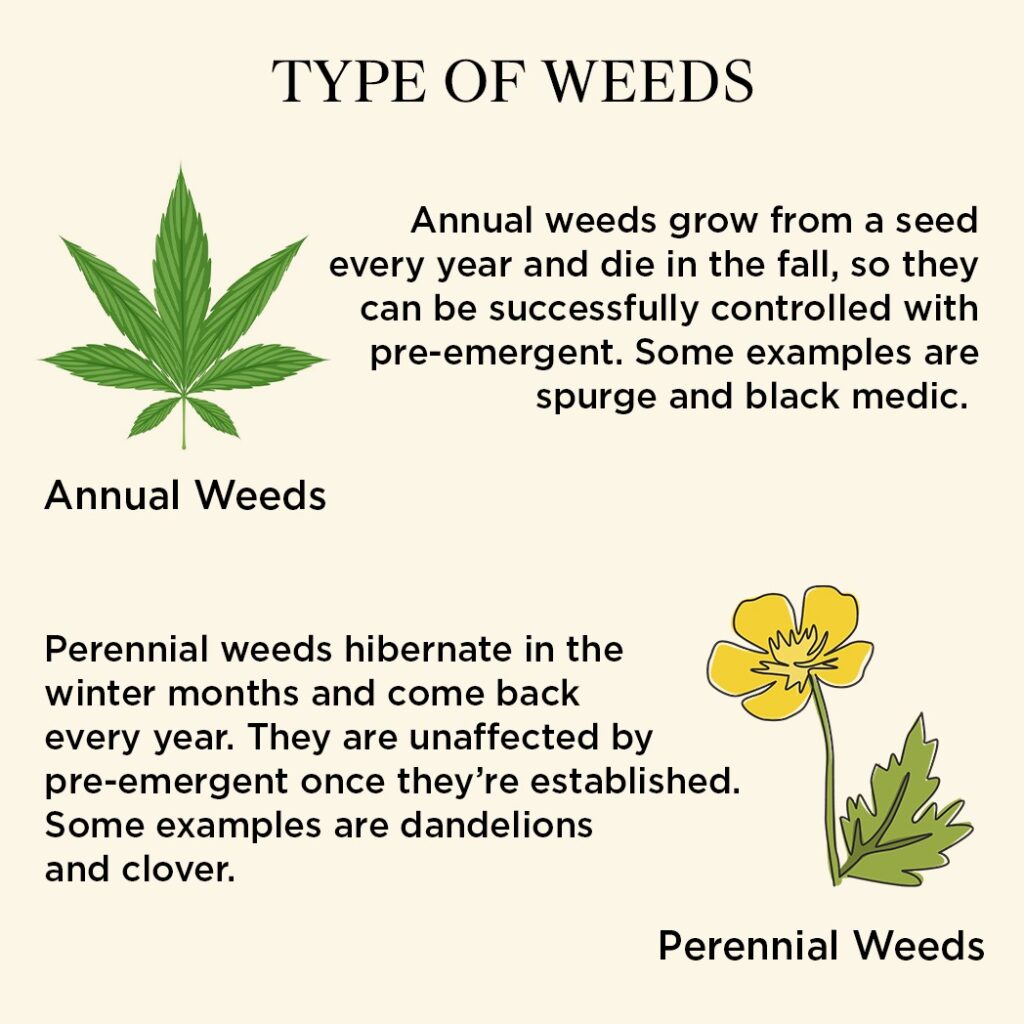
-Robert Swan
Unmasking Weeds: The Intruders in Your Garden Paradise
In the flourishing landscape of horticulture, where every petal and leaf holds the promise of nature’s beauty, the intrusion of weeds can be a disruptive force. However, recognizing these resilient interlopers and mastering their management is an essential skill for every green enthusiast. We begin by shedding light on the identity of weeds—often misunderstood plants that disrupt the balance of your carefully curated green space. From defining what makes a weed to identifying common species, understanding these invaders is the first step in their effective management. Explore how weeds compete for vital resources, posing a threat to the overall health of your cherished plants.
The Art of Weed Identification: Knowing Your Enemy
In the battle against weeds, knowledge is power and the key lies in uncovering the distinctive features of broadleaf weeds and the subtle mimics within grassy invaders. Broadleaf weeds, often found infiltrating gardens and crop fields, exhibit characteristics that set them apart from grassy invaders. One notable feature is the broad, flat leaves that typically have a wider surface area compared to grasses. Common broadleaf weeds in India include species like Congress grass, billygoat weed, and coat buttons. These invasive plants can compete with desirable crops for nutrients, sunlight, and water, posing a significant threat to agricultural productivity.
Understanding Weed Life Cycles: A Key to Strategic Control

Rapid Growth and Reproduction: Annual weeds complete their life cycle within a single growing season. They germinate from seeds, grow vigorously, flower, produce seeds, and then die. This rapid life cycle allows them to exploit favourable conditions for quick growth and reproduction.
Preventing Seed Production: One key strategy to control annual weeds is to prevent seed production. Regular monitoring and timely removal of flowering plants before they set seeds are crucial. This prevents the replenishment of the seed bank in the soil, reducing the likelihood of future weed infestations.
Crop Rotation and Cover Crops: Practising crop rotation and incorporating cover crops can disrupt the life cycle of annual weeds. Different crops may have different growth patterns and nutrient requirements(refer Nutrients chapter), making it challenging for specific annual weeds to establish and spread.
Perennial Weeds:
Persistence Through Seasons: Perennial weeds, in contrast, persist through multiple seasons. They have various reproductive structures, including seeds, rhizomes, stolons, or tubers, allowing them to survive adverse conditions and regrow in subsequent seasons.
Targeting Underground Structures: To control perennial weeds effectively, it’s essential to target their underground structures. Regular cultivation, deep ploughing, or using appropriate tools to remove rhizomes or tubers can prevent regrowth. However, care must be taken to avoid unintentional spread during cultivation.
Mulching and Smothering: Mulching(refer Mulching chapter) with organic materials can be an effective strategy against perennial weeds. This not only suppresses weed growth by blocking sunlight but also helps maintain soil moisture and fertility. Smother crops, such as dense cover crops, can be planted to outcompete and suppress perennial weeds.
The Artful Arsenal: Integrated Weed Management
Combining Strategies: Integrated Weed Management (IWM) involves combining various strategies to target weeds at different stages of their life cycles. This holistic approach considers cultural, mechanical, chemical, and biological methods.
Selective Herbicide Use: In cases where manual removal is challenging or not practical, selective herbicides can be used judiciously. It’s crucial to choose herbicides that specifically target the weeds of concern while minimizing the impact on desirable plants and the environment.
Designing a Weed Management Plan: Crafting a Resilient Garden
Crafting a resilient garden begins with assessing vulnerabilities and identifying high-risk areas for weed infestations. Develop a seasonal strategy tailored to your garden’s specific challenges, employing preemptive measures for weed prevention. Learn how strategic planning can lead to a flourishing garden, free from the clutches of unwanted invaders.
We’ve uncovered just a handful of the artful strategies essential for maintaining the lush balance of our green sanctuaries. From unmasking the identity of weeds to understanding their life cycles, we’ve equipped ourselves with the artful arsenal at our disposal, spanning from cultural practices to organic approaches. Designing a comprehensive weed management plan tailored to our specific horticultural space ensures resilience against unwelcome invaders. In this pursuit of a weed-free garden, we’ve woven a narrative that celebrates the delicate dance between cultivation and conservation, allowing our gardens to flourish in their glory.
* https://agritech.tnau.ac.in/agriculture/agri_weedmgt_culturalmethod.html




